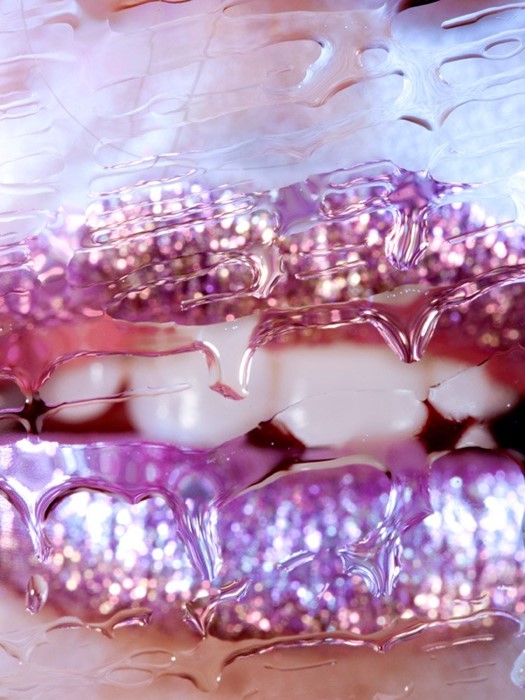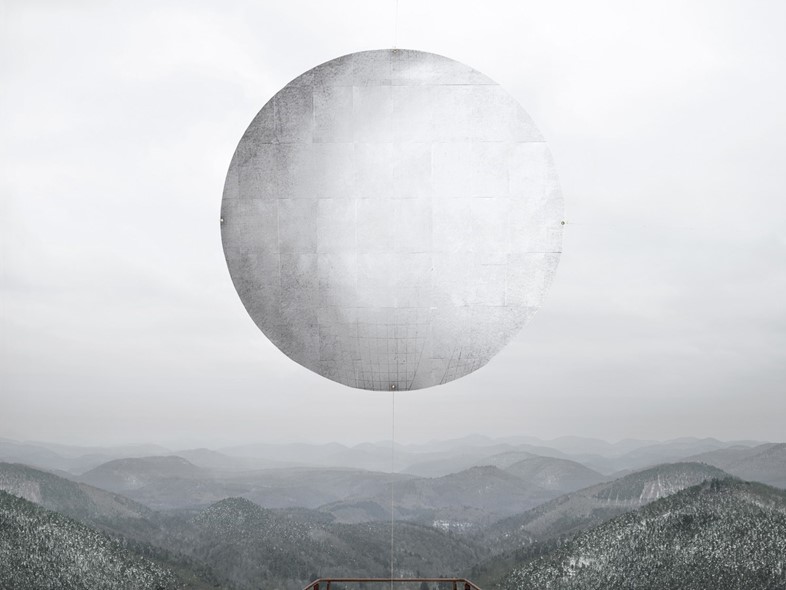Source: Dazed.
We speak to different female artists about why what we define as ‘feminist art’ is nearly as divisive as feminism itself.
What we define as ‘feminist art’ is nearly as divisive as feminism itself. There is a looseness around the term ‘feminist art’ because it is assumed that any female producing work should automatically be placed under the political microscope. This is not only seen in art, take women in government for example, who are expected to discuss abortion, domestic abuse or the wage gap simply because they have a vagina. There has undoubtedly been a surge in feminist expression since the movement has moved from the margins and has flooded our collective conscious. Feminism is now a commercial goldmine: advertising execs are now sitting in boardrooms discussing the ways female empowerment is the biggest seller of today, so no wonder artists are rejecting the feminist label as they hope to be seen as creatives, not just women. Below, I spoke to some artists to hear their thoughts about the convergence of art with feminism.
Marilyn Minter, a New York-based artist and photographer who often focuses on the female form, tells me ‘being a woman today means you’re feminist, if you claim otherwise you’re just stupid.’ While admittedly I might agree, her words strike the political correctness in me and I wince at calling other women stupid for not boarding the feminist train. Feminism is such a fractured concept that I couldn’t quite say what it means to me now, let alone to others. She continues: “As a female artist it then follows that I am also a feminist artist but it never really actively enters my process, it’s just a given.” Minter’s logic is completely logical yet utterly contradictory at the same time, as the assumption that being a feminist automatically impacts on creative output is one that jars on me. Where is the line between a feminist who makes art and a feminist artist? Can we canonise artwork under a feminist label simply because the creator identifies as a feminist? I am yet to be convinced. French-British sculptor and filmmaker, Alice Anderson, says: “Most of the time we are seen as women before being seen as artists. Women artists will be seen as ‘artists’ when women in society are seen as equal to men – not only in law and constitution but in facts.”
Female art collective are often hailed as breeding grounds for feminist innovation and activism, because surely a group of women should always focus on women’s issues? Enter LIVE WILD, the art collective challenging this idea, and who are making no excuses for their lack of feminocentric work. As a group of females from all over the world, from Armenia to Canada, and Belgium to USA, the group uses influences from dada, surrealism and the more contemporary vaporwave movement to revive the collage as artistic expression. Camille Lévêque, founder of the collective, explains: “I don’t think any of us would say we identify ourselves as feminist artists. I understand the expectation, but labelling a female artist as feminist can only be insulting. Should a gay artist only discuss the challenges of his/her sexuality? Should a black artist only discuss discrimination? A Muslim?” A lack of visibility in the art world has plagued women for centuries, therefore an explosion of female artists has wrongly assimilated female with feminism. “It’s assumed women have to be doing feminist work,” Lévêque asserts, “we’re experiencing a porous border between art and activism, to me it is more political than artistic.” While you could argue there really does not need to be a wall built between art and activism, I can feel Lévêque’s frustration at being consistently told the collective should use their canvas to fight gender inequality.
“Most of the time we are seen as women before being seen as artists. Women artists will be seen as ‘artists’ when women in society are seen as equal to men – not only in law and constitution but in facts” – Alice Anderson
An ironic brand of objectification is still at work, and as Lévêque points out, it is often at the hands of fellow creatives. A presumption that LIVE WILD, and other collectives, should only work on constructs of femininity is the kind of one dimensional thinking that got us into this mess in the first place. “It’s very disappointing that women are often, if not always, put together,” the artist says, “but in many female artists’ work I notice a tendency to propose work that ‘sells.’ Selfies, self-portraits, body empowerment, body hair or girls being under pressure from social media, but they are lacking depth.” With the explosion of a new wave of lipstick feminism in music, the arts, and in our culture more generally, a once strictly political movement has been co-opted to fit commercial paradigms. ‘Feminist artists’ has become a clickbait term where the Taylor Swift and Beyonce’s of the world can proclaim their love of feminism without offering any true insight, and perhaps this is being seen in the art world too. Lévêque says: “Maybe it’s from being submerged for decades in a collective unconscious hammering home that women are an object to be sold. There is no need for a half nude portrait, it’s like women are being told so much they have to be sold, that they end up selling themselves.”
In recent years there has been a growing scepticism of categorisation: we do not just live our gender, sexuality or race, but we all experience an axis of intersecting identities. We cannot talk about being a woman in isolation from other social factors, and as black feminism has demonstrated, we do not share a collective identity solely because we are female. Doreen Garner, a New York artist who is ‘actively fighting white supremacy and discrimination against women’, explains to me that violence against the black female body informs her style of feminist art. “It seems that feminism mostly represents the white female experience,” the artist explains, “I think black feminism has a lot more issues to be discussed and dissected because we have very unique experiences that aren’t being represented properly.”

Marilyn MinterPhotography Marilyn Minter
Intersectional feminism is gaining more prominence as we begin to understand Gloria Steinem’s brand of second-wave doesn’t speak for all, or perhaps even most. She continues: “Being labelled a feminist artist is the same as being labelled as a black artist. I’m always doing things about violence expressed towards the female black body, so it’s more direct and easy to assume I make feminist work, because I do.” Although a self-confessed feminist artist, Garner’s work differs hugely from many of her counterparts and throws a spanner in the works for any shared experience for women in art. “There may be the same opportunities for women but they’re not also experiencing racism or discrimination in the same way,” she says. However, like with her Christianity, Garner assures me she would never relinquish her feminist identity for the sake of a few ‘crazy people out there’ giving it a bad name.
Could there be someone who feels no need, and no pressure to be a feminist artist? What a thought. Noemie Goudal, a Parisian artist whose work centres around the relationship between us and nature, happily asserts ‘I don’t think my work is feminist at all.’ She tells me: “There was a moment when women in art needed to be feminist, but now in the Western world where I live, in my culture, I don’t feel the need. Well not so far!” While admitting she may be a little naïve, Goudal explains that it is hard for both men and women to get into art, and that she has never felt the pressure to be seen as a feminist crusader. “Because my work is really about nature and architecture, it’s not directly related to people or women,” she continues, “I don’t feel for me it’s the same issue to fight for.” Goudal is the only artist I have spoken to who doesn’t live with a feminist label shrouded around her work, and her personality in general. I wonder how she has escaped unscathed from the persistent pressure placed upon female artists today. An ironic turn has made feminism the norm, and neutrality the deviation, and I wonder if women can ever be seen as just artists.

Noemie GoudalPhotography Noemie Goudal








